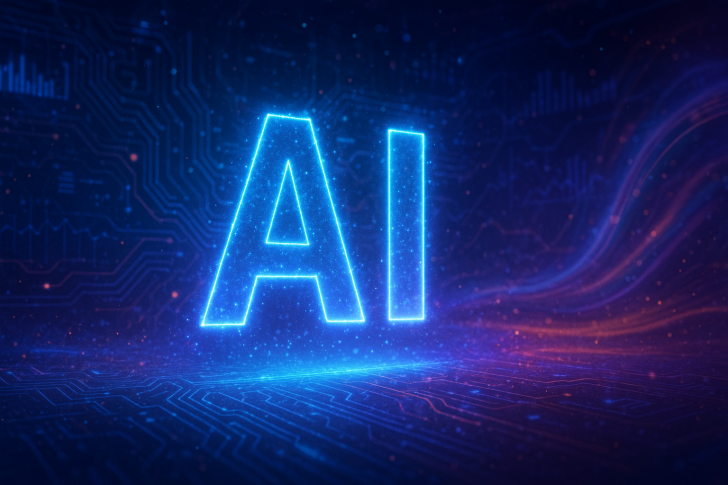AI isn't just writing emails and generating images anymore—it's composing songs that fool the human ear. Ethan Mollick, a Wharton professor and prominent voice on AI innovation, recently declared that AI-generated music may have passed the Turing Test. In recent experiments, listeners struggled to tell the difference between human-made songs and tracks created by AI models like Suno.
What Mollick Found
Mollick drew parallels between AI music's current trajectory and the explosive growth of language models like GPT-4. His analysis highlighted two key breakthroughs:
- AI music sounds human: When people were asked to identify whether a song was made by a human or AI, they guessed correctly only 50% of the time—no better than a coin flip. Even when comparing songs in the same genre, accuracy barely improved to 60%. The takeaway is clear: AI can now convincingly replicate human musical creativity.
- Quality is improving fast: Just like AI text models evolved rapidly in 2023–2024, generative music systems are getting better with each iteration. They're producing more realistic vocals, capturing emotion, and handling complex harmonies and rhythms across multiple genres. As Mollick put it, "AI music is following the same curve as AI text—each iteration is both faster and better."
What Passing the Turing Test Actually Means
The Turing Test, proposed by computer scientist Alan Turing in 1950, asks whether a machine can behave indistinguishably from a human. For music, this means an AI composition is so convincing that listeners can't reliably tell it apart from something a person created. Models like Suno, Udio, and Mubert have apparently crossed that threshold. These systems can now generate musically coherent, emotionally expressive tracks ready for commercial use—often in under a minute.
The Evolution from Text to Sound
Generative music is mirroring the rapid development of text-based AI tools like ChatGPT. In just over a year, AI has gone from producing mechanical-sounding loops to creating fully orchestrated songs with human-like vocals and emotional depth. Recent versions of Suno can write coherent lyrics, produce genre-specific melodies and instrumentation, and simulate vocal inflection and studio-quality mixing. Meanwhile, platforms like Udio and Mubert are already being used for personalized soundtracks in streaming, marketing, and gaming—proof that AI composition is becoming a standard creative tool.
The rise of realistic AI music creates both opportunities and challenges. On one hand, anyone with an idea can now produce professional-quality tracks in seconds, even without musical training. On the other, traditional studio workflows, licensing models, and royalty systems will need to adapt. Ethical questions loom large too: Who owns a song created by a machine trained on millions of human works? How do artists protect their style from algorithmic imitation? Much like ChatGPT disrupted publishing, AI is now poised to reshape how we create and consume music.
Mollick's observation fits into a broader trend—the convergence of multimodal AI. As text, image, video, and sound models become more integrated, we're moving toward a future where a single AI system can write lyrics, compose music, generate visuals, and even produce complete films. In this new creative landscape, AI doesn't just assist—it collaborates.
 Peter Smith
Peter Smith

 Peter Smith
Peter Smith


